Environmental monitoring and suveillance
Evaluation of public doses
Radioactivity in gaseous and liquid effluents discharged from nuclear facilities causes public exposure through various environmental pathways, as shown in the figure (below). Public exposure levels are evaluated on the basis of effluent monitoring data and meteorological data to ensure that public exposure is sufficiently less than the dose limits set for the general public. The results of measured data and evaluated public doses are regularly reported to central and local governments.
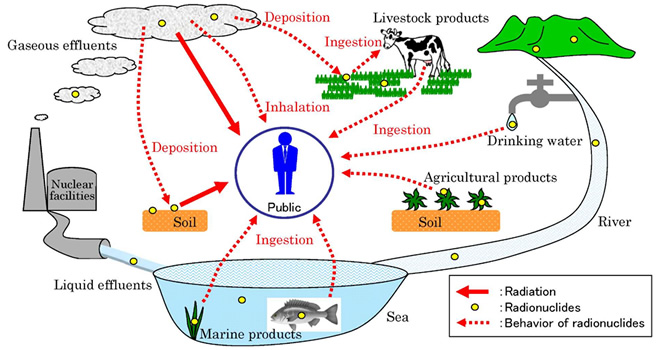
Exposure pathways due to radionuclides released from nuclear plants
Environmental radiation monitoring
The Nuclear Science Research Institute has several monitoring posts and stations in and around the Tokai-site by which radiation dose rates and radioactivity concentrations in the air are continuously monitored. These monitoring and meteorological data are remotely collected using the telemetering equipment of the environmental radiation monitoring system.
Measurement of the accumulated dose and car-borne surveys are also extensively conducted.
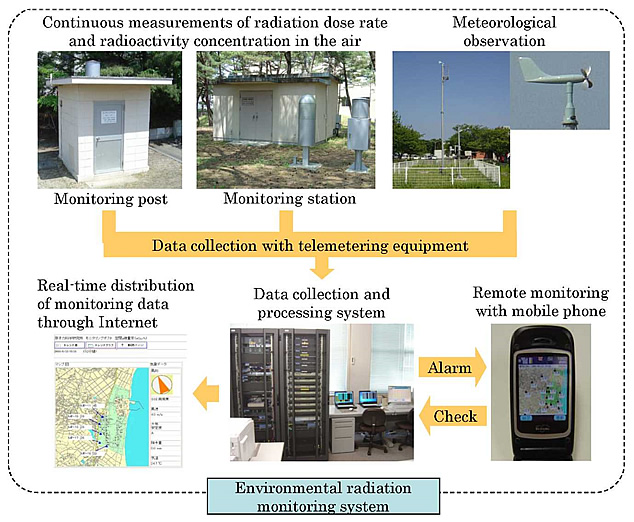
Environmental radiation monitoring system
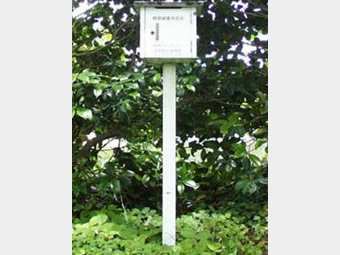
Measurement of accumulated dose
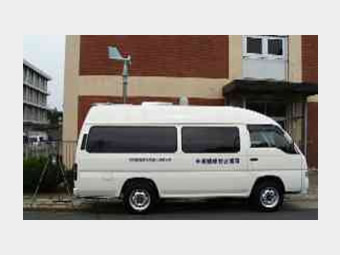
Monitoring car
Environmental radioactivity monitoring
To monitor the accumulation of environmental radioactivity released from nuclear facilities and evaluate public doses through inhalation and ingestion, various environmental land samples (e.g., settled dusts, soil, agricultural products) and marine samples (e.g., marine soil, sea water, marine products) are periodically collected, analyzed chemically, and evaluated for radioactivity.
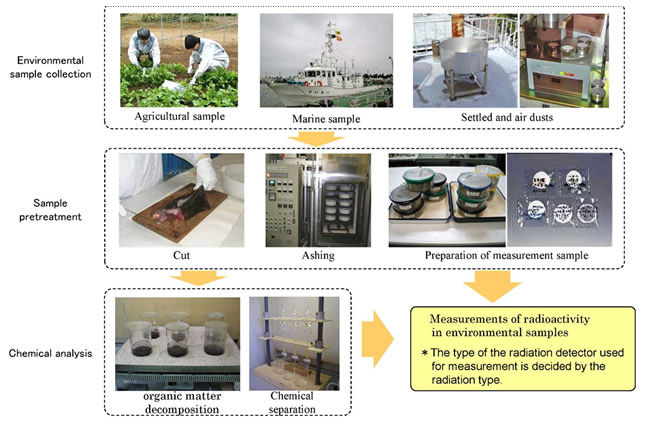
Radiation detection instruments
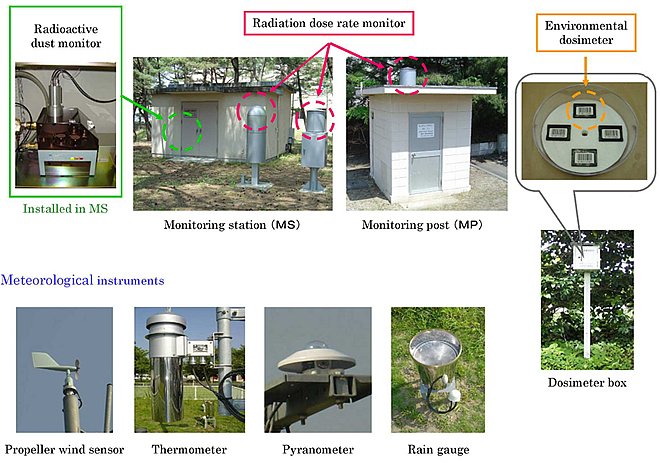
Environmental radioactivity monitoring
To monitor the accumulation of environmental radioactivity released from nuclear facilities and evaluate public doses by through inhalation and ingestion, various environmental land samples (e.g., settled dusts, soil, agricultural products) and marine samples (e.g., marine soil, sea water, marine products) are collected periodically collected, analyzed chemically, and measured evaluated for their radioactivity.
→ Measurements of radioactivity in environmental samples
*The type of the radiation detector used for measurement is decided by the radiation type







